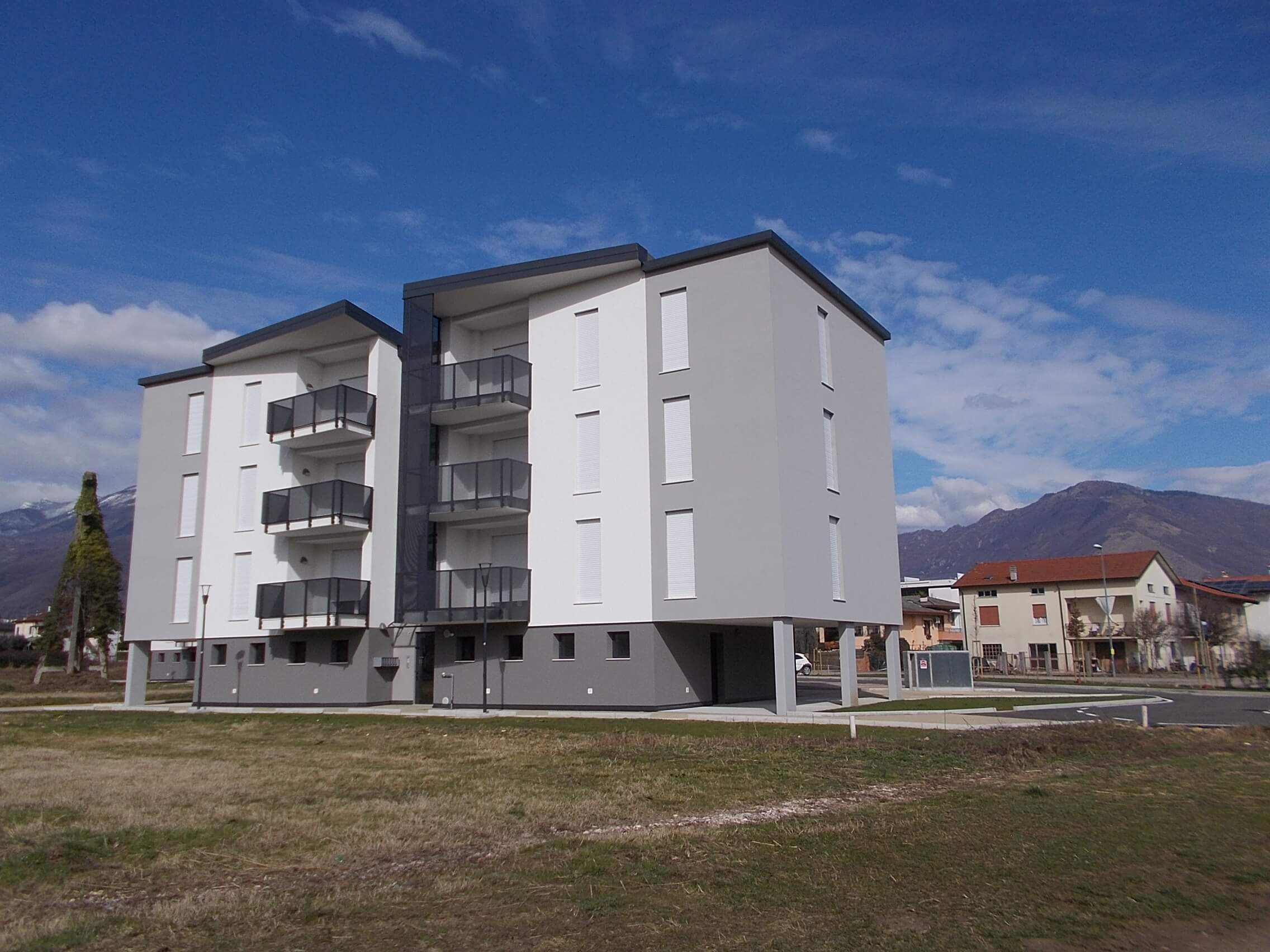In the locality of Magrè, within the municipality of Schio (Vicenza), the Territorial Agency for Residential Housing (Ater) of Vicenza has developed two new eco-friendly residential buildings as part of the “Bioecological Village of Magrè” urban plan. This project provides 18 public housing units (12 in Building A and 6 in Building B), with a total investment of over €3 million, funded through Ater’s asset sales.
The apartments, ranging from one to three bedrooms (58–90 m²), are assigned at affordable rents based on a family-focused ranking system. This system takes into account key socioeconomic indicators, including household size, presence of older adults or members with disabilities , single-parent status, and income loss due to employment challenges. Such criteria reflect the Veneto-adapted “Fattore Famiglia”, reinforcing targeted social support policies.
The buildings integrate high environmental standards and energy-saving measures, exploiting natural resources like sunlight and ventilation. They also meet anti-seismic regulations and incorporate advanced acoustic design. Notably, the residences earned the prestigious LEED for Homes international environmental certification, following rigorous on-site inspections and performance testing (e.g., Blower Door Tests, ventilation flow rates, and water efficiency checks).
This initiative sets a benchmark for sustainable public housing in Italy, showcasing how urban planning and architecture can support vulnerable families, promote social equity, and contribute to regional family policies by providing dignified, efficient, and inclusive living environments.

